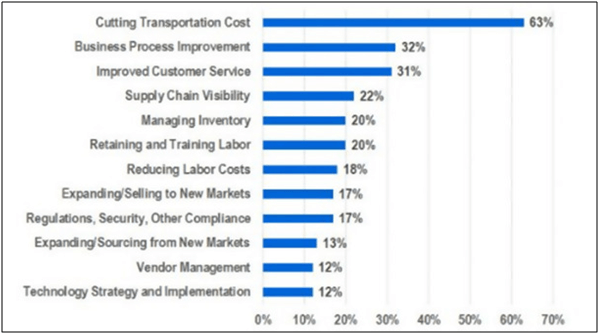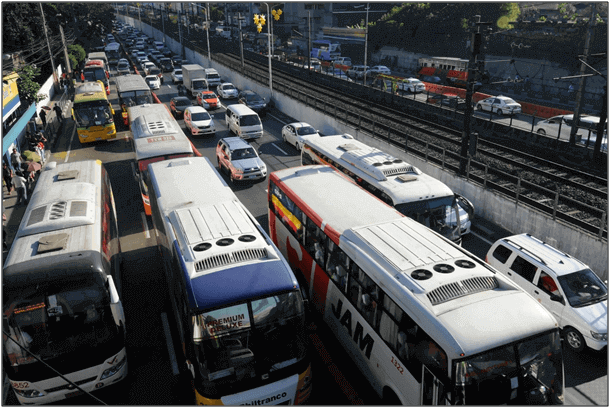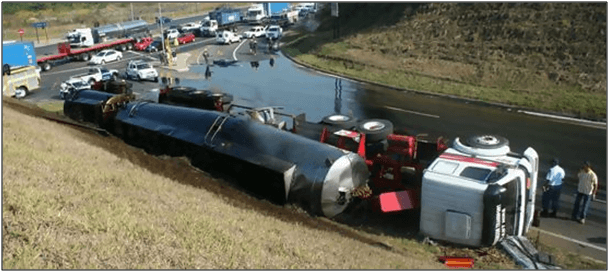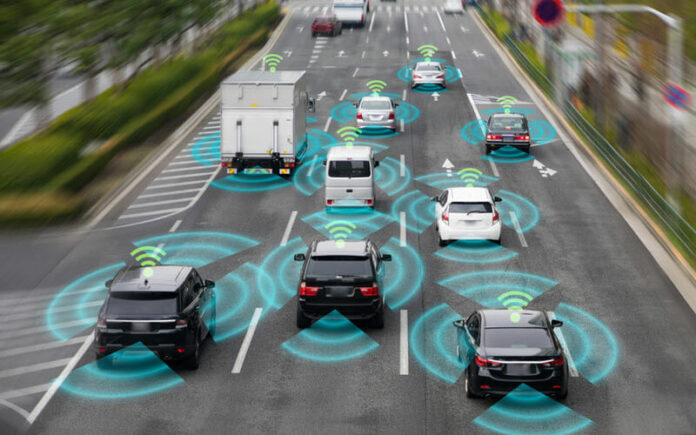Growing fuel prices increased wages, and peaking inflation indexes all work in tandem to increase transportation costs daily. Cutting a few corners here and there does not always help in meeting the cost-cutting goals for transportation. Adopting a strategic approach to eliminate or reduce bottlenecks can prove pivotal in revamping network designs and consequently cutting down on transportation costs. To implement these strategies well, logistics managers need reliable information on existing and future orders. Using a visibility software can help in simplifying these challenges.

For a small business, relying on a cost-effective third-party transportation agency that caters to air, ocean, rail and road transportation is sometimes the best bet for accessing quality services in a cost-effective manner. For one, it rules out the added expenditure of maintaining a fleet of delivery vehicles, paying salaries to the transportation staff as well as dishing out freight charges and other taxes.
Table of Contents
Fuel Cost
One of the highest costs contributing to the ‘cutting transportation cost’ concern is fuel prices. Higher fuel prices are likely to increase transportation costs for US shippers this year by pushing up fuel surcharges. Rising US diesel fuel prices are escalating surcharges added to freight rates, which is reversing a two-year trend that cut into the revenue and earnings of truckers as fuel prices plummeted. With high fuel prices comes a greater credit crisis and rising inflationary demands that take a greater toll on the US economy.
This industry is then pressured by increasing compliance regulations, declining demand, additional capacity with additional increases in key cost centres.

Going “Green” (Sustainability)
The transportation sector is a major energy consumer, heavily dependent on fossil fuels and their price development. Scarcity of energy would not only affect transportation significantly; the role of transportation in energy consumption makes the sector one of the main starting points for changes when it comes to a transformation of the energy system and source.
The demand for more fuel-efficient vehicles is creating innovation opportunities, but at a higher capital cost for transportation providers. Leading providers such as UPS and FedEx have been working with auto manufacturers for years to test delivery vehicles that use alternative fuels, including electric, liquefied natural gas (LNG) and bio diesel vehicles. Lower value bulk commodities such as steel, coal and chemicals are particularly sensitive to increased fuel and emissions costs, and less output will cause fewer total ton-miles transported. As customers expect service providers to comply with their “green” mandates, there will be more and different regulations to deal with around the globe. Yet, as compliance costs increase, so will the opportunities for differentiation as customers will favour transportation companies that stay ahead of the compliance curve.
Traffic Congestion and Parking Difficulties
Congestion is one of the most prevalent transport problems in large urban agglomerations, usually above a threshold of about 1 million inhabitants. By the 21st century, drivers would spend about 3 times more time in congestion as they did in the later part of the 20th century. Congestion is particularly linked with motorization and the diffusion of the automobile, which has increased the demand for transport infrastructures. However, the supply of infrastructures has often not been able to keep up with the growth of mobility. Since vehicles spend the majority of the time parked, motorization has expanded the demand for parking space, which has created space consumption problems particularly in central areas; the spatial imprint of parked vehicles is significant. Traffic conditions may not be a factor in rural parts of the country, but a five-mile trip in busy city can take time. In more congested areas, companies will need to consider more than just distance. If there aren’t additional centers, there will need to be more efficient means of transportation to prevent delays.

High Infrastructure Maintenance Costs
Cities with an aging of their transport infrastructure are facing growing maintenance costs as well as pressures to upgrade to more modern infrastructure. In addition to the involved costs, maintenance and repair activities create circulation disruptions. Delayed maintenance is rather common since it conveys the benefit of keeping current costs low, but at the expense of higher future costs and on some occasion the risk of infrastructure failure. The more extensive the road and highway network, the higher the maintenance cost and the financial burden.
Accidents and Safety
Growing traffic in urban areas is linked with a growing number of accidents and fatalities, especially in developing countries. Accidents account for a significant share of recurring delays. As traffic increases, people feel less safe to use the streets. The diffusion of information technologies leads to paradoxical outcomes. While users have access to reliable location and navigation information, portable devices create distractions linked with a rise of accidents for drivers and pedestrians alike.

Manpower Management
Manpower is the trickiest of management responsibilities. You must maintain a humane approach toward the employees while keeping the best interest of your organization in mind. That can be a complicated equation in any managerial setup, but especially so in case of logistics management, as the drivers and staff are often placed in different geographic locations to maintain swift supply chain velocity. Decentralization of responsibilities, by appointing logistics managers in key locations, with appropriate work-order management solutions can help in more efficient management. For instance, work order software, such as Reach Out, helps logistics managers manage team utilization, team schedules, show proof of work, generate quotes and invoices and do much more. Managers can easily keep everyone on the same page and notify the staffs immediately about changes or provide them with live info they need.
Conclusion
In my opinion, transportation is both a traded services in its own right as well as pre- requisite for trade in goods and services. Transport is an integral part of the production process and therefore has a direct bearing on a country’s economy and development. The issues that are achieving greater importance are sustainability and congestion. As the transport industry becomes more complex, conventional approaches, focusing on a narrow range of factors, have to be replaced by more nuanced analysis and solutions. Thriving in this new environment requires not only understanding the shifting market dynamics but also rethinking strategies and executing the moves to best position your company for the future.
References
DDC FPO. (2017). “Top 8 Logistics Challenges Facing the Industry”. Retrieved from https://www.logisticsmgmt.com/article/top_8_logistics_challenges_facing_the_industry, accessed 14/09/2019.
Sonia LaiJie Yin, DLSM. (2018). “Key Success Factors for Effective Logistics Practices”. Retrieved from SIPMM: https://publication.sipmm.edu.sg/key-success-factors-effective-logistics-practices/#Efficient_Transportation_System, accessed 14/09/2019.
SivalingamMunisamy, DLSM. (2018).“The Eight P’s for Effective Delivery of an Integrated Logistics Operations”. Retrieved from https://publication.sipmm.edu.sg/8-p-effective-delivery-integrated-logistics-operations, accessed 14/09/2019.
VikneswaranThevar, DLM. (2017). “Key Factors Impacting Transportation Logistics in Supply Chain Management”. Retrieved from SIPMM: https://publication.sipmm.edu.sg/key-factors-impacting-transportation-logistics-in-supply-chain-management, accessed 14/09/2019.
Vinod Saratchandran. (2018).“Top Challenges Faced by Logistics Management Today”. Retrieved from https://www.fingent.com/blog/top-challenges-faced-by-logistics-management-today, accessed 14/09/2019.

